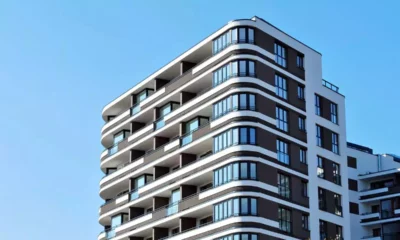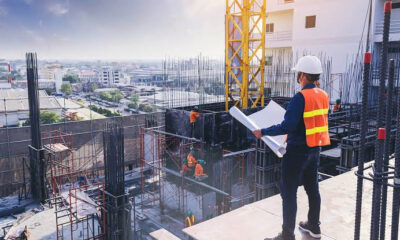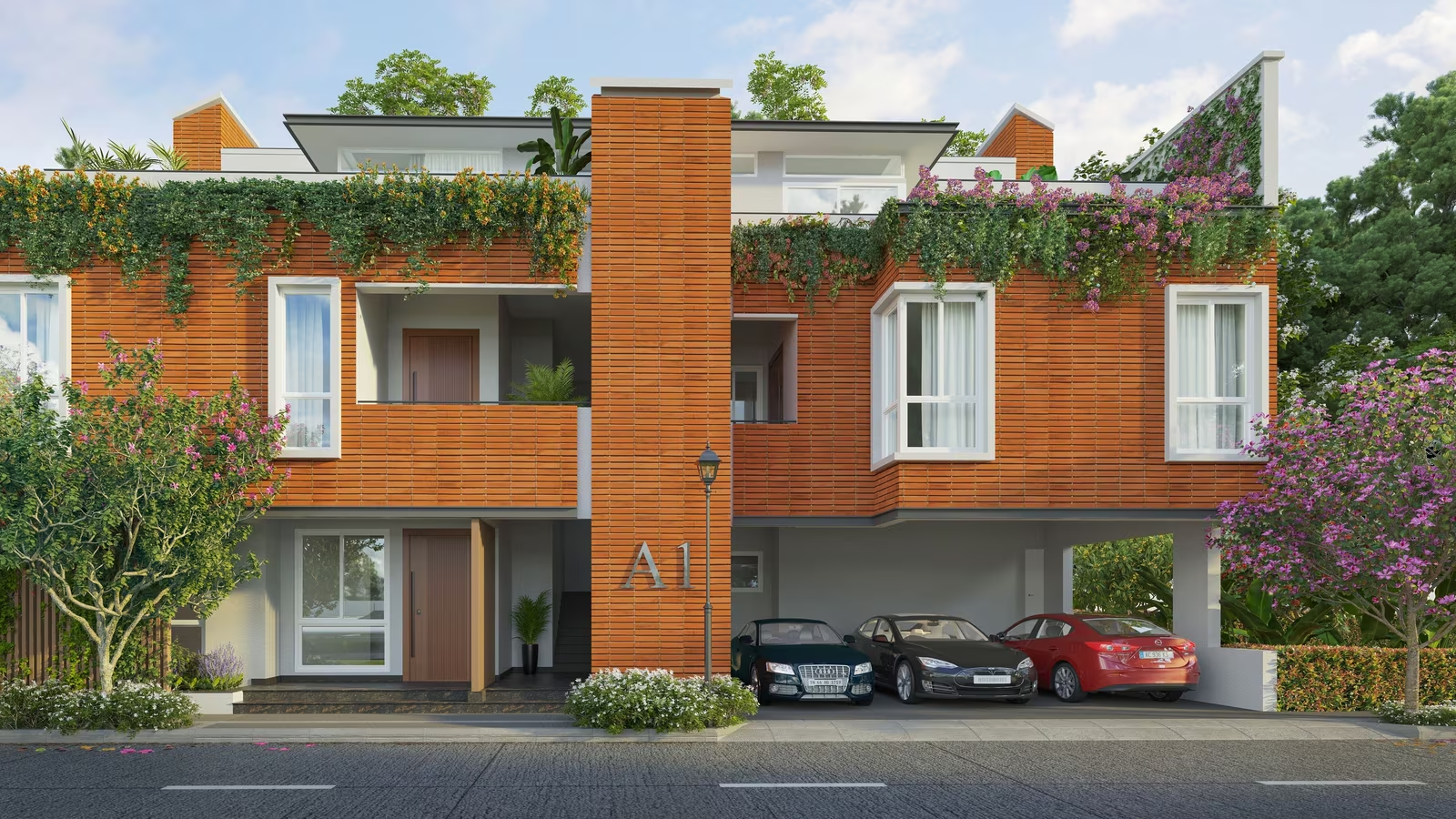Guest Column
Infrastructure: A Catalyst For Affordable Housing
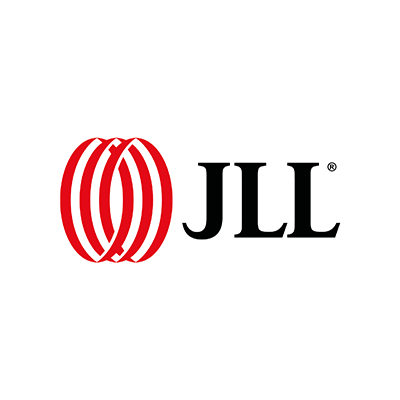

Suvishesh Valsan, AVP – Research & Real Estate Intelligence Service JLL India
One of the major initiatives taken by the Modi government is to promote housing for all by 2022. India has a shortage of 18.8 million urban homes for the 12th five-year plan (2012-17) period[1]. This includes housing the economically weaker and lower income groups, an area where developers hardly focus due to low margins.
Translating the affordable housing initiative into actionable targets would involve the construction of close to 2 million homes every year. Compare this with the actual delivery of 1.2 million homes annually during the 11th five-year plan period (ending March 2012), the target clearly appears formidable.
Raising the delivery targets of central/state housing boards may not be the way to go, given the lack of availability of large land holdings within city centres with such agencies and their slack delivery track records. One effective alternative appears to be the expansion of the infrastructure network, thereby opening up new and relatively cheaper land parcels for real estate development that will attract private participation.
Homebuyers typically prefer to stay closer to locations near established commercial developments that also have good social infrastructure. An alternative for those who cannot afford homes in such areas is to look for locations that have good connectivity to the more established sub-markets. Often, such affordable housing options have skipped established locations and have come up in sub-markets that do not have adequate trunk infrastructure.
JLL’s recent research report ‘Indian Real Estate: Coming to terms with varying speeds of growth’ studied 30 infrastructure projects that became operational in recent years across the leading seven cities. Although new airport projects are considered catalysts for opening up new areas in city peripheries, they may not guarantee the development of affordable housing because their gestation period is huge and connectivity to existing established locations improves only gradually. By that time, speculative activity already makes the location relatively unaffordable.
On the other hand, projects such as the metro rail, ring roads and highways, etc. offer improved connectivity to the existing city establishments and are more suitable to the immediate needs of the budget-conscious homebuyer.
The following table identifies seven ongoing infrastructure projects in each of the top seven cities that have the potential to promote affordable housing:
The table above clearly shows that new residential corridors emerging from the construction of a metro line or ring road are almost half as expensive as the more established residential corridors in the vicinity. They offers a good opportunity not only for people seeking a house at affordable prices but also investors and developers who seek new opportunities for growth. Thus, with minimal interference from the central and state housing promotion boards, affordable housing gets created naturally and profitably. Both affordable housing and infrastructure development are mandates of the government, although the creation of the latter in a focused, time-bound and consistent manner can spur the former too.
-



 News4 weeks ago
News4 weeks agoKW Delhi 6 Mall Onboards New Brands
-



 News4 weeks ago
News4 weeks agoCommercial Realty Gets Tech Savvy: Fast Construction, Enhanced Convenience
-



 News3 weeks ago
News3 weeks agoGodrej Properties Sells Rs 3k cr+ Homes of Godrej Zenith, Gurugram, within 3 days
-

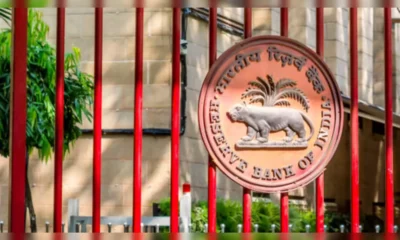

 News3 weeks ago
News3 weeks agoRBI’s Status Quo on Key Policy Rates to Help Maintain the Real Estate Growth Momentum, Say Industry Stalwarts
-



 News2 weeks ago
News2 weeks agoOlive Announces Dhruv Kalro as Co-Founder
-



 News1 week ago
News1 week agoNoida’s High-Rise Societies Face Multiple Challenges Despite Rapid Urban Growth
-



 News3 weeks ago
News3 weeks agoGodrej Properties Sells 5000+ Homes of Rs 9.5 cr in Q4FY24, Bookings up 84% YoY
-



 News2 weeks ago
News2 weeks agoVestian: Domestic Investors Dominate Institutional Investments in Jan-Mar’24













